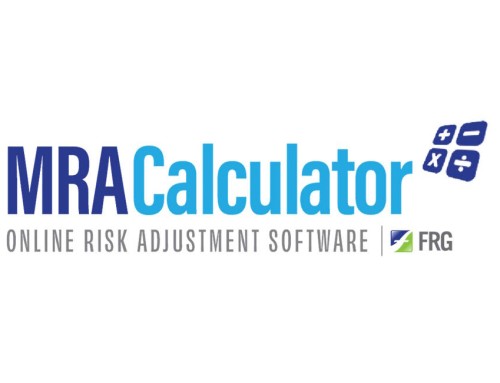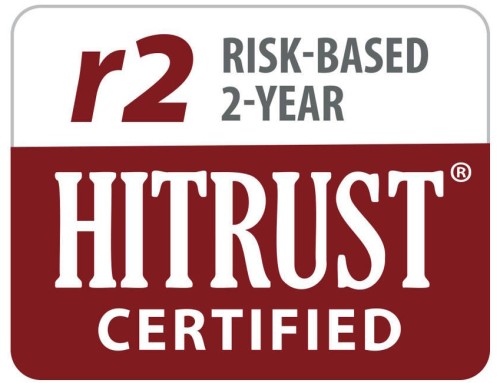A Discussion of the Importance of Establishing Relationships with New Members
Relationships Matter
From personal relationships to business partnerships, initial contact can set the tone for all subsequent interactions. Establishing rapport early with new members and new patients, whether they joined your panel by choice or automatic assignment, is equally pivotal.
Parents find common ground with other parents in talking about children. Peers connect by relating adventures or entertainment preferences. Colleagues gel when they share complementary skill sets or interests. In most cases, a collage of these attributes helps one party form impressions of another’s identity and character. How we define ourselves to others and, more importantly, how others perceive us, marketers call branding. And first impressions do make a difference!
Business leaders shape their brand identity through the stories they tell and the experiences they create for their customers. Although some businesses use storytelling to add a “personal touch” to their product-based brands, building trust with healthcare consumers requires extra effort. Why? Defining a healthcare service brand is more complex, as it turns out, than driving preference for an omnipotent detergent that ‘transports you to another place’ as you dream of escaping after-dinner chores.
BRANDING HEALTHCARE
Unlike most products for which the same result can be promoted for all buyers, healthcare is an intensely personal service. Unique medical problem lists drive patients to seek care. Then patient perceptions of ease of appointment-setting, office staff friendliness and other administrative components of each visit matter. These dimensions of the experience are routinely assessed by patient satisfaction survey teams. In addition, wait time, time spent with the doctor and listening skills have a direct correlation on perceptions and ultimately sear into a patient’s memory an overall impression of the practice or facility.
In this context, establishing “brand identity” requires managing the total customer experience, showing empathy and carefully managing expectations on outcomes that will vary on genetics, behavior and disease prognosis. Communication is vital. And, in this era of consolidation, shifting government regulations, and the steadfast evolution to value-based healthcare, communication facilitates the transition from transaction-based to relationship-based business models by creating a partnership built on trust earned through a positive customer (patient) experience.
Outcomes Depend on Trust
“Trust improves medical outcomes,” says David A. Shore, Harvard professor and founding Director of the Trust Initiative of Harvard School of Public Health, in his book, “The Trust Prescription for Healthcare“. In fact, he adds, trust “is the number one predictor of loyalty to a physician’s practice. Patients who trust their doctors are more likely to follow treatment protocols and are more likely to succeed in their efforts to change behavior… Trust is the currency of all commerce.”
There is no better time to establish this currency of trust than in the very beginning.
In an article published in Silverlink, Kathleen Ellmore emphasizes the importance of establishing a positive first impression with new members:
“I know firsthand that the data on using experience to drive loyalty consistently shows that the most critical time to build loyalty is in the first 90 days – the onboarding experience, which is the honeymoon phase,” Ellmore says.
Effective onboarding is a process of trust-building, education, and risk assessment that will lead to quality patient outcomes, efficient resource management, and cost containment.
Properly executed systems, procedures, and data analysis ensure that new members feel welcome, current members feel appreciated, and all have a sense they are a partner in their own care. This becomes increasingly important through the life cycle of risk adjustment. Medicare Advantage members, for example, need to return to the office three or four times a year to have their conditions verified for optimal risk adjusted revenue allocations in risk contracts. They need to want to come back. Much of this means they need to be sold on the practice and the doctor and the process, all of which is established in the initial encounter for new members.
MY ACA OVERFLOWETH
Onboarding is Triage
Integrating the flow of new patients and ensuring all panel members receive quality care in a timely manner is coordinated through triage-based management of resources.
An effective, data-driven onboarding triage system guides providers, plan managers, and patients through the process.
A specific standard operating procedure for onboarding will vary depending on the particulars of how the member was introduced, the plan they carry and your team. Approach the challenge in these phases:
-
Identify Sources of New Members.
Some categories might include: members added through open enrollment; members joining through Five Star continuous enrollment; conversions from fee-for-service relationships; assimilation of population from acquisitions or mergers. Each entail teasing out and assimilating different cohorts of data. The rapidly changing healthcare landscape can make this a moving target. Your goal: develop strategies to ingest rosters from each source as quickly as they become available to you and begin outreach.
-
Decide How You Will Conduct Assessments.
Your priority for all new members will be assessing Health Status and Risk Factors. The health profile of new members, including chronic disease or other high risk factors (including the timing of elective procedures) will inform the integration of a viable risk adjustment framework. Determine the method by which you will collect this information and identify the resources necessary to administer, both technical and personnel. Decide how you will record and retrieve the results.
-
Invest in Individuality.
Each new patient will be unique. Socio-economic factors will affect health and effectiveness of care and support requirements. Take time to understand your new members. Ask your health plan partners what data is available for understanding each new member’s family history, financial status, and general attitudes toward health care. Incorporating these data can help determine how best to prioritize care and align new members with complementary primary care practitioners.
-
Define Standards of Service.
Proactive risk management is connecting care soonest to those who need it most. Foster patient/primary care physician bonding early by committing access to care for all members within a set timeframe. For example, you might allocate weekly schedule time during the first month of the year to see all patients within 30 days of enrollment. Define the visit objectives for the initial encounter and frame the next steps for new members. This will be your opportunity to create a first impression and brand your practice in person.
-
Plan to Send a Welcome Package.
Even before the first encounter, you have an opportunity to establish transparency between the patient and plan. Sending a welcome packet provides an opportunity to explain benefits, notify new members about access to preventative care, introduce pharmacy services, introduce co-pay expenses, share appointment procedures, offer transportation support, and extend help line access. Plan to make the new member feel welcome and informed, but not overwhelmed. And, remember that members lose documents, so keep a file of everything you send so you can reproduce it if need be. Maybe you need an electronic customer relationship management system (CRM)? After all, you will be creating a relationship to nurture.
-
Plan to Meet Demand.
Your service standard and the number of new members will dictate the incremental intake visit volume you will need to accommodate. Maintaining slack capacity is expensive, but “overbooking” new enrollments leads to poorer outcomes, stressed caregivers, and disappointed patients. Again, protecting your first impression will encourage participation down the line when repeat visits and engagement will help to drive value. Consider engaging part time resources during peak periods.
Build on this Foundation
Healthcare providers have a difficult task building trust with the requirements of effectively managing costs and access to care. However, with newcomer-focused onboarding procedures in place, providers can advance their brand as practitioners, steadily establish new and grow existing relationships with their members, encourage participation in healthy behaviors, and in turn improve outcomes and deliver value. You just have to get off on the right foot!







Leave A Comment